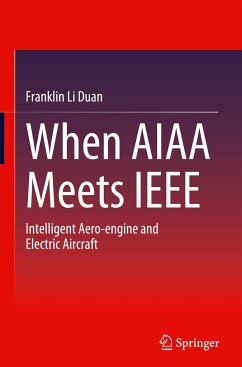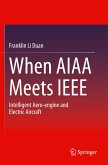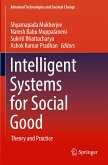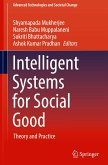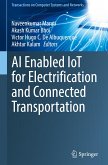This book is about the cooperation of AIAA and IEEE, two major engineering organizations from two distinct focus points of technologies: intelligent aero-engine and electrified aviation. AIAA and IEEE both have their intrinsic needs for each other and their co-working is a must-have in the rest of 21st century. AIAA needs IEEE to become smarter and greener and IEEE needs a much broader scope to enlarge its marketplace and playground. The topics related to AIAA's and IEEE's co-project are highly multi- and inter-disciplinary related and highly goal-oriented. The target audience of this book is IEEE, AIAA members and other related professionals from universities, industries and institutes in the fields of AI-driven smart systems and electric airplanes with the associated new electric aero-engines and mobile aviation electric powers.
The key contents
When AIAA is Meeting IEEE
AIAA vs. IEEE
How to interact and what to achieve
The mindset analysis of AIAA and IEEE
The smarter AIAA
The AI - Smart brain, IoT, e-devices
The smart sensors for AIAA -scenarios, fabrication, challenges, and testings
Electric aviation
Versatile, smarter, and green
The evolution of aero-engines - pistol, gas turbine, electric aero-engine
The integration of aero-engines and aero-craft
Delta VTOLer and STOL for B787
Rotatable wing and VTOL operation
The RDF jet - a new electric aero-engine
The features: small, light, thrust
The architecture: motor, fan, jet
The principle: rim driven, Tai Chi fan, duct, and jet
Aviation electric power grid
Energy and weight
Battery, LTG, and 3D HK SC
The key contents
When AIAA is Meeting IEEE
AIAA vs. IEEE
How to interact and what to achieve
The mindset analysis of AIAA and IEEE
The smarter AIAA
The AI - Smart brain, IoT, e-devices
The smart sensors for AIAA -scenarios, fabrication, challenges, and testings
Electric aviation
Versatile, smarter, and green
The evolution of aero-engines - pistol, gas turbine, electric aero-engine
The integration of aero-engines and aero-craft
Delta VTOLer and STOL for B787
Rotatable wing and VTOL operation
The RDF jet - a new electric aero-engine
The features: small, light, thrust
The architecture: motor, fan, jet
The principle: rim driven, Tai Chi fan, duct, and jet
Aviation electric power grid
Energy and weight
Battery, LTG, and 3D HK SC

